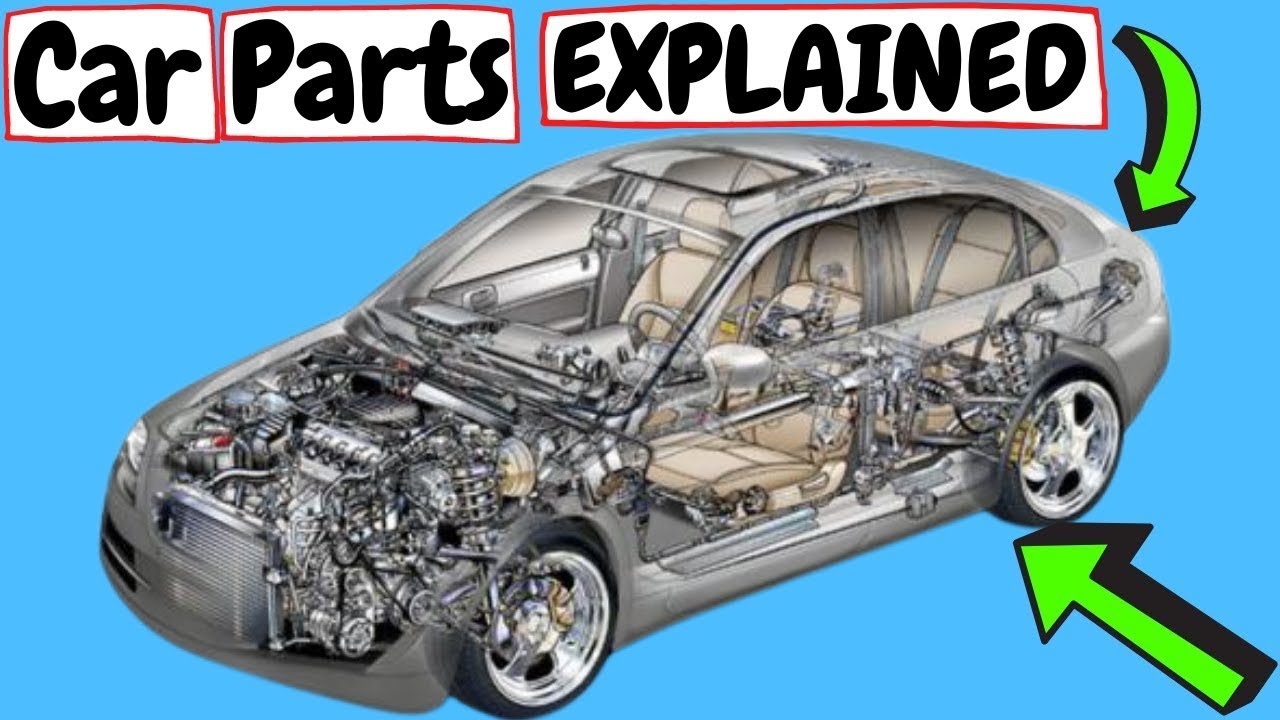The automotive industry has undergone a remarkable transformation over the years, propelled by advancements in technology and engineering. At the heart of every vehicle are its parts, which have evolved from simple nuts and bolts to sophisticated components incorporating cutting-edge innovations. This article delves into the evolution of automobile parts, tracing their journey from basic mechanical elements to the complex systems that drive today’s vehicles.
The Early Years:
Mechanical Foundations In the early days of automobile manufacturing, vehicles were constructed with basic mechanical parts. These included simple components such as nuts, bolts, gears, and bearings. While rudimentary by today’s standards, these parts were instrumental in pioneering the automotive industry. Early automobiles relied heavily on the ingenuity of mechanical engineering, with parts designed for durability and functionality.
The Rise of Mass Production:
Standardization and Efficiency With the advent of mass production techniques pioneered by Henry Ford and others, automobile parts underwent a significant transformation. Standardization became paramount, leading to the widespread adoption of interchangeable parts. This revolutionized the manufacturing process, enabling automakers to produce vehicles on a large scale with unprecedented efficiency. As a result, automobile parts became more uniform in size, shape, and functionality, laying the groundwork for modern assembly line production.
Technological Innovations:
From Carburetors to Fuel Injection The mid-20th century saw a wave of technological innovations that revolutionized automobile parts. One notable advancement was the transition from carburetors to fuel injection systems. Fuel injection offered superior fuel efficiency, performance, and emissions control compared to traditional carburetion. This shift represented a paradigmatic leap in automotive engineering, demonstrating the importance of technological innovation in shaping the evolution of automobile parts.
Electronics and Automation:
The Digital Revolution The latter part of the 20th century witnessed the integration of electronics and automation into automobile parts. Electronic control units (ECUs) became commonplace, governing various functions such as engine management, braking systems, and climate control. Sensors and actuators proliferated throughout vehicles, providing real-time data and enabling precise control over vehicle operations. This digital revolution marked a fundamental shift in the complexity and sophistication of automobile parts, ushering in an era of smart, connected vehicles.
The Era of Sustainability:
Lightweight Materials and Eco-Friendly Solutions In recent years, there has been a growing emphasis on sustainability within the automotive industry. This has prompted a reevaluation of automobile parts, with a focus on lightweight materials and eco-friendly solutions. Aluminum, carbon fiber, and other composites have gained prominence, offering weight reduction without compromising strength or safety. Additionally, alternative powertrains such as electric and hybrid systems have spurred innovation in battery technology and regenerative braking systems, further reshaping the landscape of automobile parts.
The Future of Automobile Parts:
Autonomous Driving and Beyond Looking ahead, the future of automobile parts lies in the realm of autonomous driving and intelligent mobility solutions. Advanced driver-assistance systems (ADAS) are already becoming commonplace, incorporating technologies such as radar, LiDAR, and artificial intelligence to enable semi-autonomous and autonomous driving capabilities. As these technologies mature, automobile parts will evolve to support new functionalities and safety requirements, paving the way for a future where vehicles are not just modes of transportation but integrated ecosystems of connectivity and intelligence.
Conclusion:
The evolution of automobile parts reflects the dynamic nature of the automotive industry, driven by a relentless pursuit of innovation and progress. From humble mechanical beginnings to the forefront of technology and sustainability, automobile parts have undergone a remarkable transformation. As we continue to push the boundaries of what is possible, one thing remains clear: the future of automobile parts is boundless, limited only by the imagination and ingenuity of those who dare to innovate.

